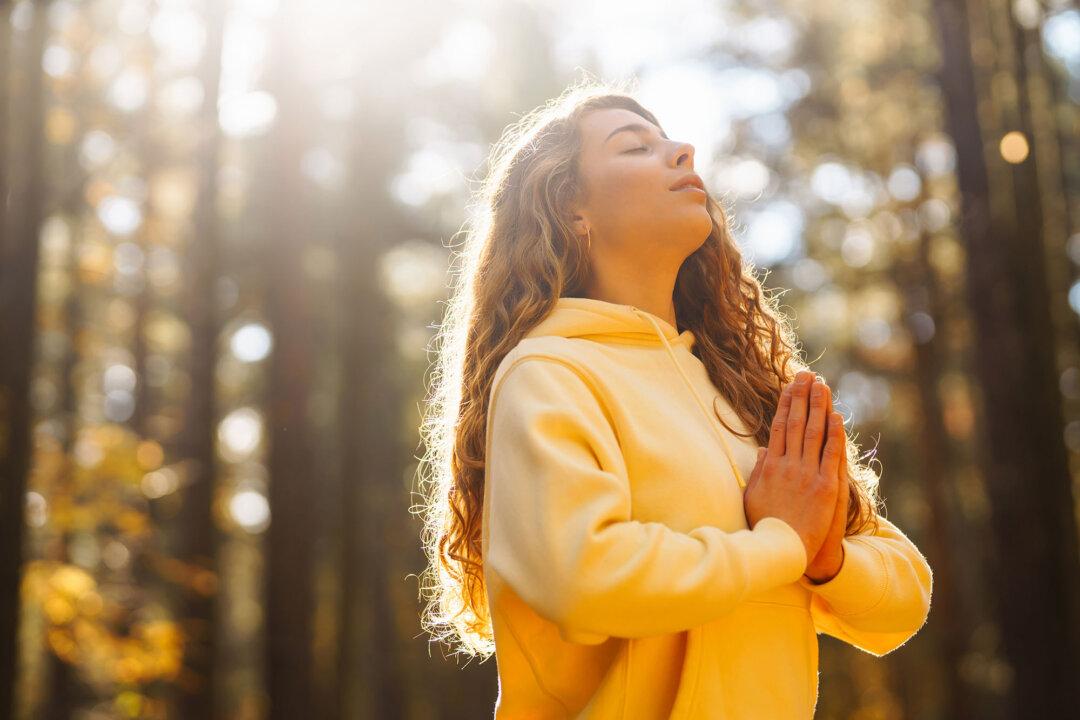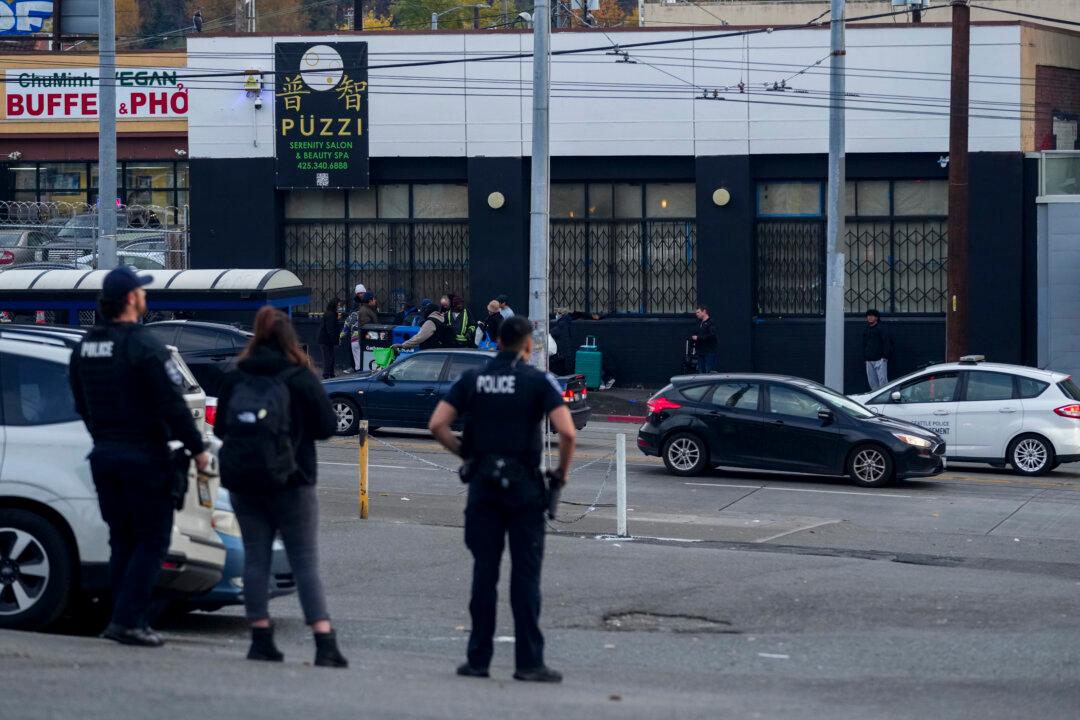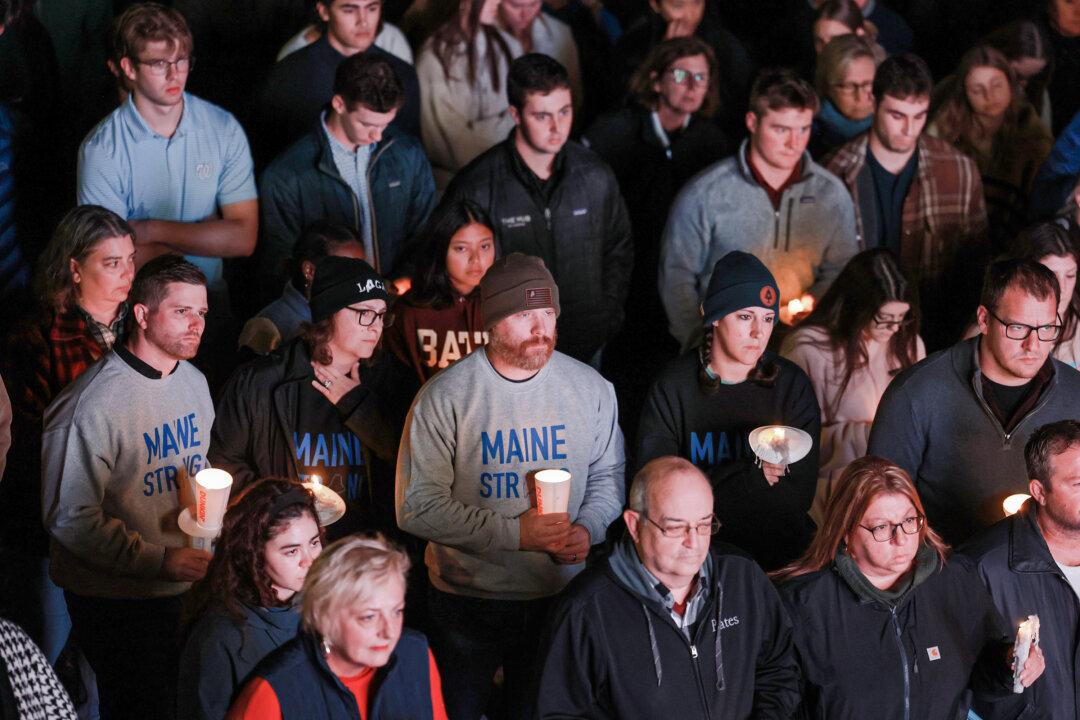Amid pressure from the teachers union, New York City Mayor Bill de Blasio on Monday announced that public school students will undergo more frequent testing for COVID-19.
Under the new rule, every school will randomly test students each week, instead of every two weeks. However, only a random 10 percent of unvaccinated students whose parents have submitted consent for testing will be tested.





